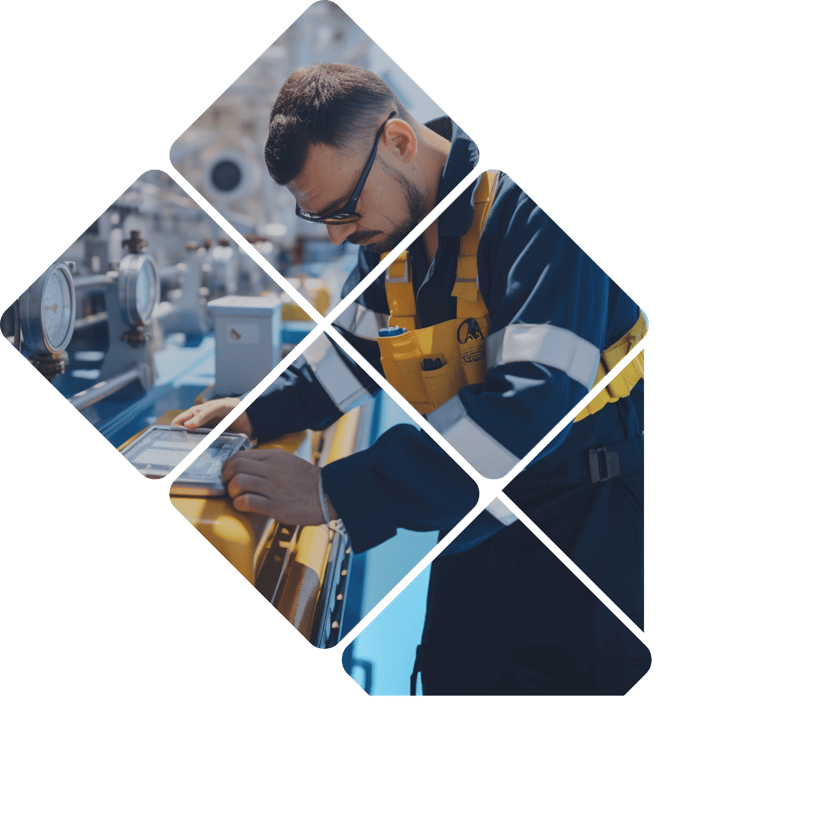1/20What is the primary hazard associated with compressed gases on board ships?
2/20Which safety devices are essential for monitoring oxygen and carbon dioxide levels when entering a confined space?
3/20What is the primary danger of having too much oxygen in the air?
4/20What is the primary difference between a portable gas detector and a personal gas detector?
5/20Which of the following gases will most likely cause an explosion in a poorly ventilated space?
6/20When storing gas cylinders on board, they should be kept from which of the following?
7/20Which of the following gases is most dangerous to workers in an enclosed space due to its colorless and odorless nature?
8/20What is the purpose of using calibration gas during the calibration of a gas detector?
9/20What is the best way to detect gas on board?
10/20Before entering a confined space on board, what should be done with the atmosphere in the space?
11/20What is the primary purpose of a gas detector when entering a confined space?
12/20What should be done if a personal gas detector goes off in a confined space entry?
13/20What is the main function of a gas cylinder regulator?
14/20What is "head space" in a tank or container?
15/20What is the safe minimum oxygen level for humans to avoid oxygen deficiency?
16/20What is the purpose of using an inert gas in a cargo tank?
17/20What is the primary risk of having a high concentration of carbon monoxide in an enclosed space?
18/20What does the term "bump test" refer to in gas detection?
19/20What is the primary purpose of purging (gas-freeing) a confined space?
20/20Can you use calibration gas after its expiry date?
Optimal safety. Minimal effort.
Subscribe to our newsletter

Providing solutions for





